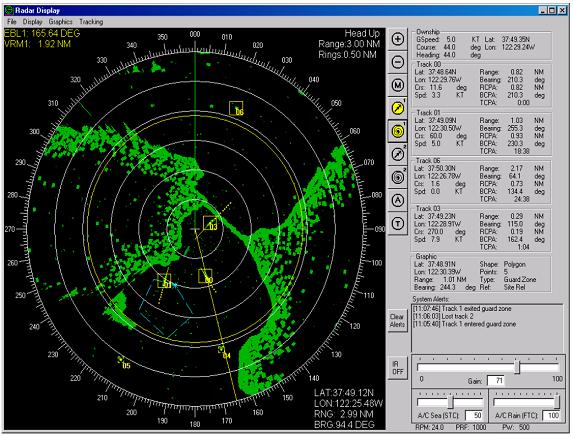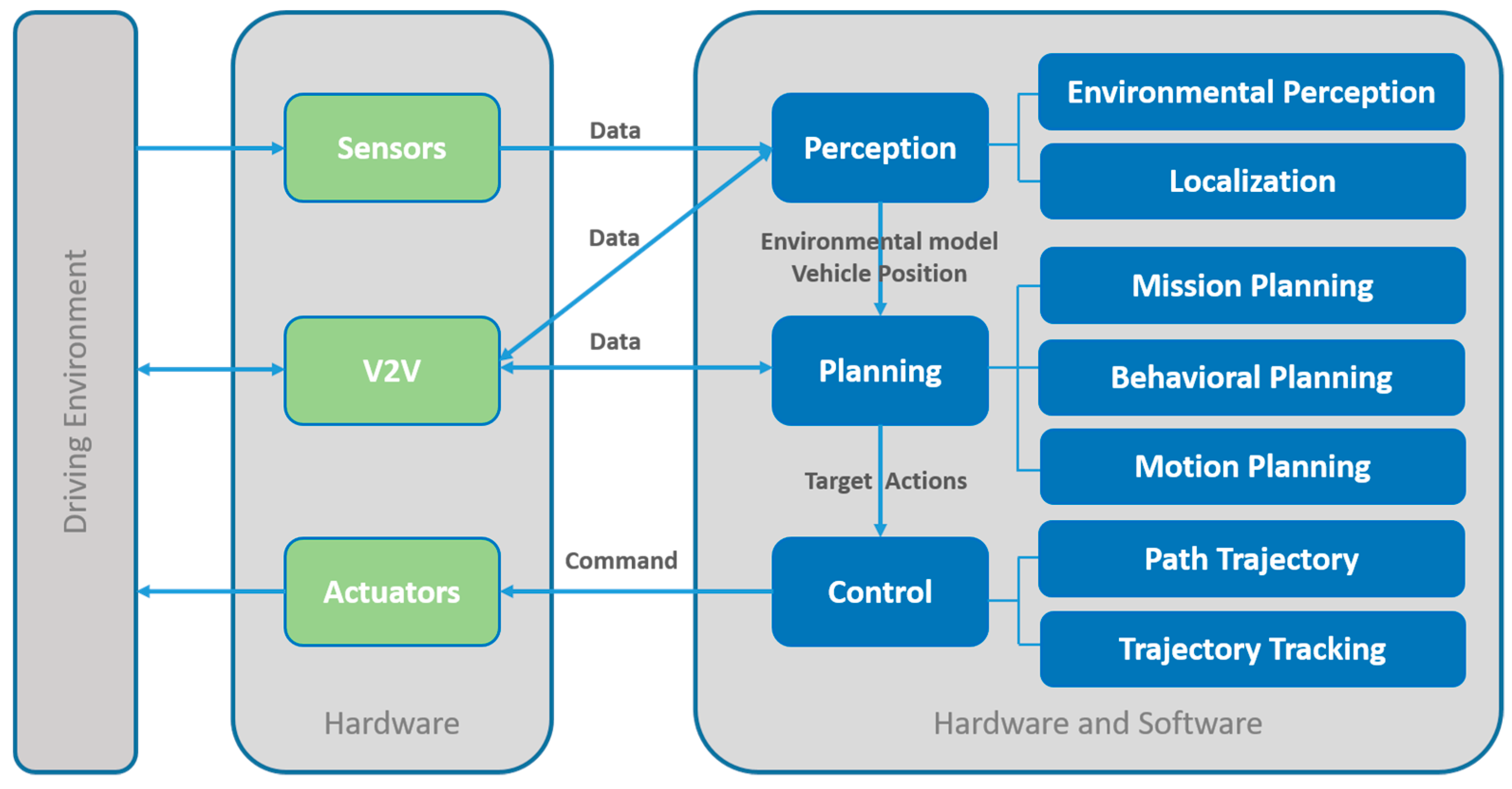The VV Simulator

The VV Simulator is a medium-fidelity ATC simulator that has been designed for the acquisition and consolidation of core ATC skills. Versions of the simulator are used in the VV Approach™ and VV Enroute™ training programs. Whilst the design purpose is for the use of the simulator as a practice tool for delivery of VV training methodologies, it is able to be configured for any radar/surveillance airspace, including:
- The AWR software platform provides the design automation and simulation/model technology to accurately represent signal generation, transmission, phased-arrays, T/R switching, clutter, noise, jamming, and signal processing, enabling users to tackle the design challenges and analysis requirements for modern radar systems.
- We have a number of software codes available here, some are free, some are commercial. MIRDOSE and OLINDA/EXM (Nuclear medicine internal dose) The Visual Monte Carlo Program (External dose Monte Carlo simulator) The VARSKIN code (Skin dose) Dynamic Bladder Model code (MIRD Pamphlet 14) Virtual Cell Radiobiology Software MIRDOSE and OLINDA/EXM.
- ATCpro is a revolutionary simulation written from the ground up that sets the bar high for a level of realism never before seen in desktop computer simulations. It authentically simulates the TRACON environment of air traffic control where aircraft are monitored on radar and guided to their destinations within 30 miles of major airports in the.
Radar Simulation Software
The simulation simulates the targets behavior and calculates the expected radar return signal. The simulation works in the IF level assuming a perfect phase reconstruction by the radar. The detected targets are plotted in the main radar display. I made allot of effort to synchronize the simulation time to the real-time. Modular, scalable radar target simulator for the simulation of one echo. Instantaneous bandwidth: 5 GHz. Distance range: less than 3 meters to 300 meters. Modular, scalable radar test system for the simulation of one echo. Bandwidth: 1.2 GHz.
- Approach (Terminal/TCU/TRACON) sectors
- Enroute (Area/Arrivals) sectors
- Flight Service (DTI/OCTA) sectors
The VV Simulator a cost-effective alternative to system simulators for recurrent, refresher and conversion training. In addition, when bundled with a step-wise training program, the VV Simulator is an ideal tool for the delivery of introductory sector training. Trainees will present for local simulation or on-the-job training phase with a significantly higher skill level, having been schooled in optimal and standard techniques for the sector, and having practiced them to perfection.
The simulator may be readily customized to local conditions, including options to change the interface, phraseology and procedures. The facility to print strips according to a defined format is available, or a paperless system may be used.
Features:
A full list of features is available in the product description. Customization to include functionality not already available can be readily included on a collaborative basis. For aircraft performance data, the VV simulator makes use of realistic profile information that has been validated against the Eurocontrol Aircraft Performance Database.
Designing Exercises:
Free Radar Simulation Software App
Design of exercises for the VV Simulator is managed with the VV Exercise Creator (VVEC) tool. This program allows aircraft to be added from a library of standard flights, from a capture of AFTN data, or manually.
Once the aircraft have been selected, they may be placed in the scenario by a number of means, including:
- Setting the time an aircraft reaches a fix
- Setting the departure time
- Setting the landing time
- Setting the position of the aircraft at the start of the scenario
Scenario objectives including conflict-generation and workload intensity may be assessed by simply sliding the clock to any position in the scenario and viewing the position of the aircraft.
The VVEC enables exercise design, testing and moderation to be done quickly and easily by instructors without the need for specialized support staff. A random generator is available, as well as the facility to construct scenarios based on flight timetables.
Exercise Events:
Web Radar Simulation
The VV Simulator is equipped with a scripting function that enables exercise events to occur, either on a timed basis, or subject to other exercise occurrences. Examples of these scripted events include:
- Free text aircraft transmissions, such as emergency declarations
- Aircraft requests, such as level/tracking requests
- Flight evolutions, such as taxi, departure.
- Uncommanded aircraft behavior, such as level/track changes
- Runway changes
- Runway closures
- Weather information, such as ATI changes
- Messages from planner, such as hints or required information
- Messages from supervisor, such as advice of required holding or sequencing
The prerequisite conditions that may be configured for such events to occur include:
- Timed activation of the event, e.g. aircraft requests a level change at time 30.
- Aircraft at, below, above or assigned a certain level, e.g. aircraft requests a level change if another aircraft is at that level.
- Aircraft flight evolution event has occurred, e.g. runway closure after aircraft subject to emergency has landed
- ATC instruction passed to aircraft, e.g. aircraft requests a change of runway once a star clearance has been issued.
Through the use of these scripting tools, a scenario may be developed where a non-routine event (such as an in-flight emergency) unfolds in a logical and realistic way. See the VV Simulator in use for Hong Kong airspace.
Location-specific Sectors
The VV Simulator may be configured to simulate real airspace. Here are some screenshots showing Sydney Arrivals and Hong Kong Approach.
| Sydney Arrivals | Hong Kong Runway 07 | Hong Kong Runway 25 |
Sample Scenario on Hong Kong airspace
MRS Radar Signal Generators are developed and and manufactured by Acewavetech Korea, a leading company in advanced RF technology. These Radar Simulators can generate a variety of Radar Signals – simultaneously, which makes them ideal for radar receiver testing and in training Radar Operators on object detection, recognition and Electronic Warfare (EW). The simulators offer variety of simulation capabilities; including Radar Warning Receivers (RWR), Missile Warning Receivers (MWR) and other Electronic Warfare (EW) Receivers.
MRS Radar Simulator can generate up to 16 simultaneous CW or Pulsed signals in their standard version, and up to 128 signals with optional extensions. An intuitive graphical user interface (GUI) makes it easy to program signal parameters. Geographic Information System (GIS) tools are also available (optional). The receiving band(s) are developed to customer specifications. Standard versions cover 2.0 GHz to 18 GHz, but MRS Radar generators are available from from 0.5 GHz up to 40 GHz. Check with your next sales office for more information.
- Replicates real radar signal characteristics (Frequency, Phase, Pulse, Modulation, SCAN).
- Simulation Scenarios: AOA Simulation, Radar Activity, Virtual Missions.
- Ideal for Electronic Warfare training and Radar receiver testing.
- 19” Standard Rack Mountable and Portable models are available.
- Signal data library with up to 1024 entries.
Free Radar Simulation Software Windows 10
MRS – Series Models
For more information click here or select the model number in the chart below for the datasheet.
Model | Frequency Range | Simultaneous Signals | Output Power | Extras |
| MRS-020180 | 2 to 18 GHz | 16 | +10 dBm | |
| MRS-020180-100 | 2 to 18 GHz | 16 | 100 W | Amplifier and Antenna |
Portable Radar Signal Generators
For use in field, maritime and other applications where portability is crucial. The transmit antenna and amplifier are integrated, which allows the simulator and the receiver being tested, to be placed in separate locations.
19″ Rack-Mount Radar Signal Generators
Ideal for creating a variety of scenarios for use in extensive training. Also perfect for receiver testing applications.
Radar Scan Types
Simulator & Threat Editor Software

RF Signal Parameter Management software runs on Windows operating systems. RF signals are composed of frequency, pulse and SCAN characteristics. All parameters are editable in an easy to use and clearly laid out user interface.
SCENARIOS
AOA Simulation
- DF test using Amplitude and Angle of the Antenna.
- Antenna pattern measurement
- Signal level change at scheduled time
Radar Activity
- Search Radars
- Acquisition Radars
- Tracking Radars
Free Radar Simulation Software Free
Virtual Missions
Frequency | |
| Range | 0.5 – 40 GHz |
| NATO Bands | C, D, E, F, G, H, I , J, K |
| IEEE Bands | UHF (upper), L, S, C, X, Ku, K, Ka |
| Resolution | 1 MHz |
| Accuracy | 1 kHz (higher accuracy on request) 2 MHz (VCO and DTO) |
| Type | Fixed, Agile (Sinusoid, Saw-Tooth, Triangular, Rectangular, Random), Hopping (up to 256 / sec) |
Pulse | |
| Type | CW, Stable, Jitter, Stagger (32 Steps), Dwell & Switch, Random |
| Width Range | 0.05 – 225 us |
| Repitition Interval | 1us – 1 sec (longer possible) |
| Density | Up to 1,000,000 pulses / sec (PPS) |
| FMOP | Linear, Non-Linear (FM Bandwidth depends on PW, 40 MHz max) |
| PMOP Agile | Bi-Phase, Quadratic-Phase |
Frequency Modulation on Pulse (FMOP) | |
| Pattern | Linear, non-Linear, Chirp up/down |
| Agile | Sine, Triangular |
| Range | 10 – 512 MHz |
| Accuracy | 1 MHz |
Phase Modulation on Pulse (PMOP) | |
| Pattern | Bi-Phase, Quadratic Phase |
| Change Time | < 50 ns |
| Accuracy | better than 20° |
SCAN | |
| Types | Electronic (Agile Beam), Conical, TWS, Steady, Sector, Lobe Switching, Circular, Helical, Raster, Bi-Directional, Use defined |
| Rate | 50ms – 10 sec |
| AM | 0 – 40 dB |
Output | |
| Number of RF Signals per Bank | 1 CW + 1 Pulse Doppler Signal, or 1 CW + 16 Pulse Signals, or 17 Pulse signals |
| Ports per Bank | 1 Vertical Polarization, 1 Horizontal Polarization, 1 Monitoring |
| Power (Signal) | > 15 dBm (other power levels on request) |
| Monitoring Port | > 5 dBm (other power levels on request) |
Communication Interfaces | |
| Ethernet (IEEE 802.3), USB, RS-232 | |
Free Radar Simulation Software App
Dimensions / Weight / Environment / Electrical | |
| Dimensions | Depends on model and configuration |
| Weight (frequency | Depends on model and configuration |
| Power | 110-240V +/- 10 % Up to 30 minutes battery operation with maximal transmit power (portable instruments only) |
| Power Consumption | Depends on model and configuration |
| Country of Origin | Made in S.Korea |